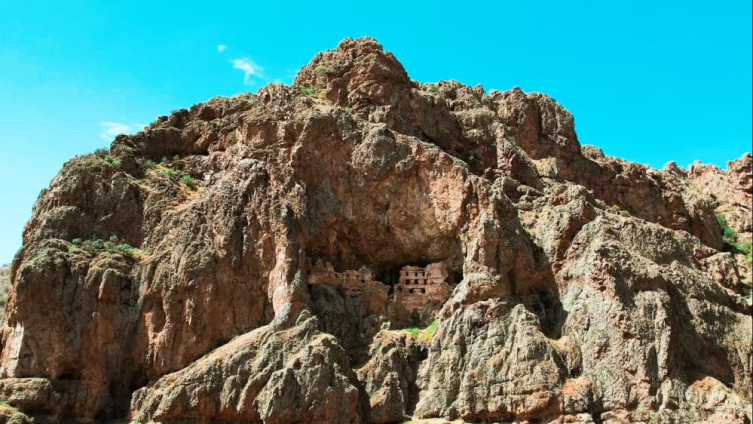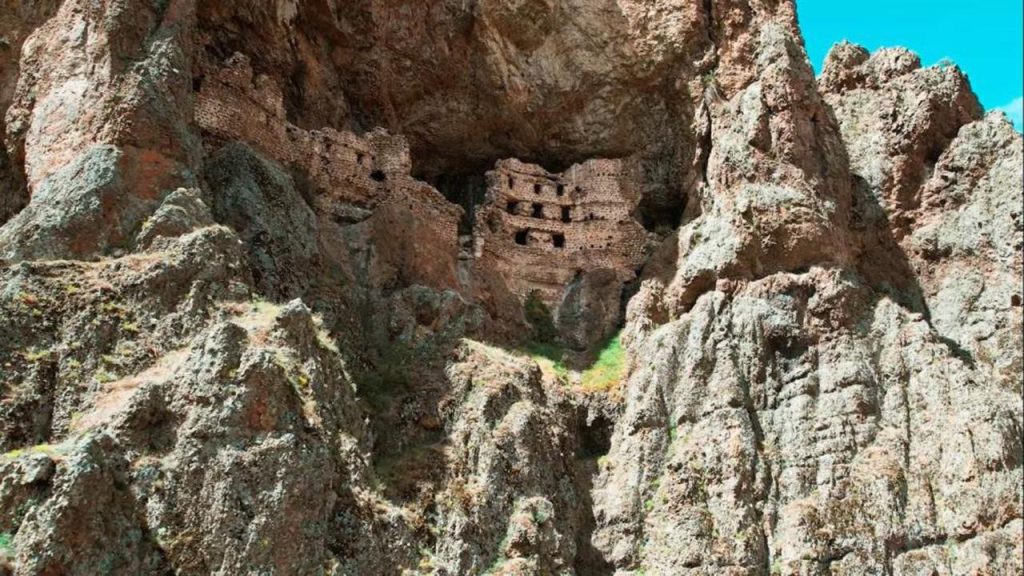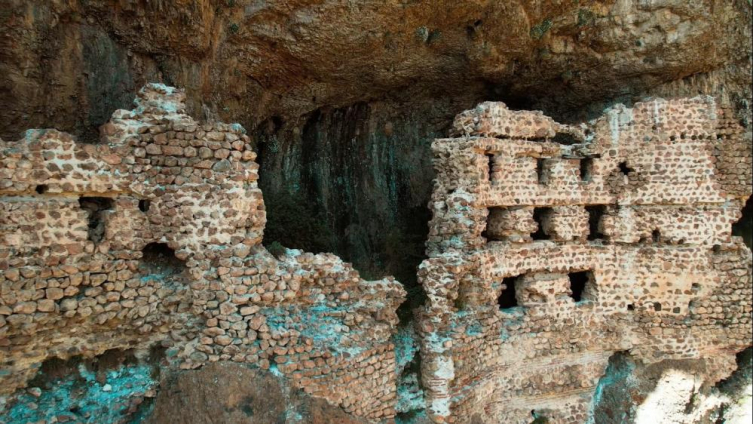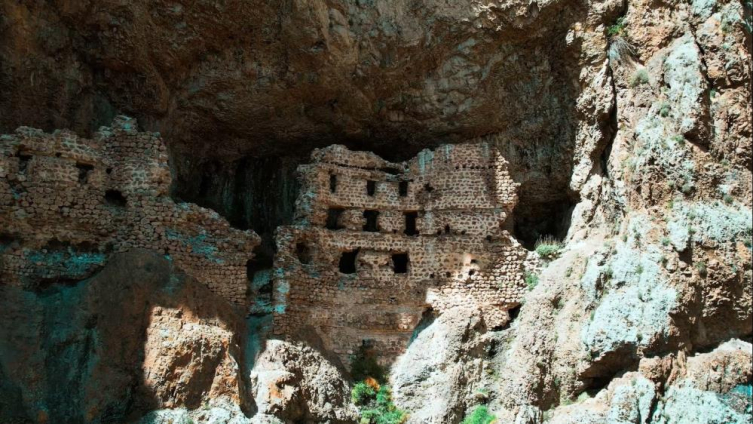
The monastery-like Alicin Geosite continues to remain a mystery
Alicin Geosite in Kızılcahamam district of Ankara, the capital of Turkey, continues to preserve its mystery.
Alicin Geosite is a geosite area consisting of volcanic tuffs and shaped by erosion over time. The rock formations in the region attract attention with their interesting and aesthetic appearance. Steep rocky slopes, caves, rock carvings and natural terraces are among the important geological elements of the geosite.

Alicin Geosite, which is similar to the Sumela Monastery in Trabzon with its appearance, does not contain any religious or social traces and signs.
From the research and excavation findings of Prof. Dr. Muzaffer Şenyürek, it is determined that the Hittites lived in Kızılcahamam and the Kirmir valley, that is, at the base of the Alicin stream.
📣 Our WhatsApp channel is now LIVE! Stay up-to-date with the latest news and updates, just click here to follow us on WhatsApp and never miss a thing!!
It is thought that the rock carvings and caves in the region belong to the Byzantine and Roman periods.
It is also said that the caves in the geosite area were built by Cin Ali, who is estimated to have lived in the 2nd half of the 19th century and known as a bandit.

This monastery-like geosite, built on a steep slope in the canyon, is thought to have an older history than the Sumela Monastery.
The monastery was built by blocking a gap in the agglomerates and is about 15 meters above the ground.
According to experts, this monastery was a place where people used to worship. What strengthens this view is that monasteries are built in valleys and stream beds.

Another view is that it was a line of defense during the Roman period. This is because, as in other monasteries, there are no painted religious figures or compartmentalized rooms inside. The presence of historical castles and fortifications in the vicinity also supports this view.
With the archaeological excavations that will soon begin in the region, new information about Alicin geosite will be available.
Cover Photo: IHA
You may also like
- A 1700-year-old statue of Pan unearthed during the excavations at Polyeuktos in İstanbul
- The granary was found in the ancient city of Sebaste, founded by the first Roman emperor Augustus
- Donalar Kale Kapı Rock Tomb or Donalar Rock Tomb
- Theater emerges as works continue in ancient city of Perinthos
- Urartian King Argishti’s bronze shield revealed the name of an unknown country
- The religious center of Lycia, the ancient city of Letoon
- Who were the Luwians?
- A new study brings a fresh perspective on the Anatolian origin of the Indo-European languages
- Perhaps the oldest thermal treatment center in the world, which has been in continuous use for 2000 years -Basilica Therma Roman Bath or King’s Daughter-
- The largest synagogue of the ancient world, located in the ancient city of Sardis, is being restored











Leave a Reply